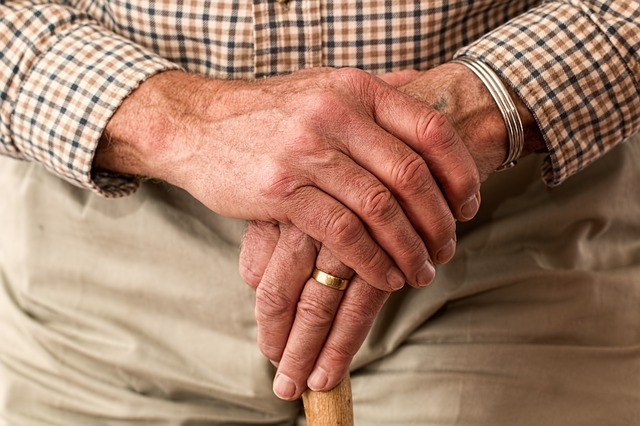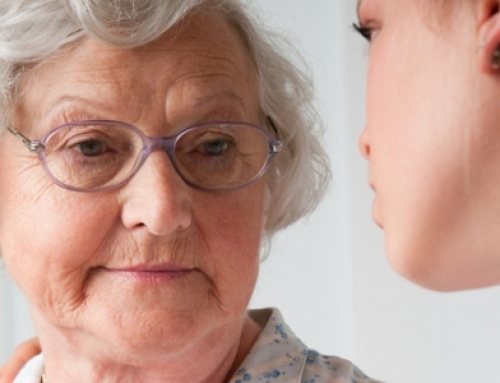10 Things Every Canadian Should Know About Elder Abuse
One of the most underreported crimes in Canada, elder abuse affects hundreds of thousands of people each year. We can all do our part to help end this toxic form of abuse and keep our communities safe. It starts with knowing the facts.
These are important things every Canadian must know about elder abuse in Canada. We hope this information will help you take action to protect and raise awareness about this difficult but important issue.
1. Elder abuse comes in many forms.
When we hear the word ‘abuse’, we often first think of physical violence. However, the definition of elder abuse encompasses many different forms of behaviour, including:
- Psychological abuse in the form of threats, insults, or humiliation.
- Financial abuse, in which a trusted individual steals or misuses an elderly person’s money, forges their signature, or pressures them to make or change legal documents.
- Physical abuse such as hitting, pushing, or restraining an elderly person.
- Sexual abuse, including sexual harassment and non-consensual sexual activity.
- Neglect of an elderly person who requires care.
The truth is, elder abuse is any action taken by someone in a relationship of trust with an elderly person that causes harm or distress.
2. There are not always obvious signs.
Though there are often indications that something isn’t right, it can be hard to identify these as signs of elder abuse. In addition to physical injuries, potential warning signs of elder abuse include:
- Anxiety or fearfulness about someone the elderly individual should trust.
- Dehydration, poor nutrition, or poor hygiene.
- Improper use of medication (over-medicating or under-medicating).
- Reluctance to speak up, especially when a certain person is present.
- Confusion surrounding new legal documents, such as wills or loans.
- Sudden drop in the elderly person’s financial holdings or cash flow.
Remember: not all abuse is physical, and abuse doesn’t always leave evidence in the form of physical injuries.
3. Elder abuse often follows a pattern.
It’s a familiar tale on TV and in movies: a person acts on impulse and hurts someone they love, only to realize the error of their ways and instantly change for the better. This fictional portrayal does not reflect the reality of elder abuse, which rarely occurs as a single isolated incident. In truth, 80% of elder abuse cases involve a repeated pattern of behaviour that takes place over the course of several days, months, or even years.
4. Elder abuse doesn’t only happen in care homes.
In recent years, the media has helped put a spotlight on abuse and neglect that occurs in residential care homes. While it is important to raise awareness of this aspect of the issue, we must also acknowledge that elder abuse can happen anywhere: in the community, a hospital, or even in an elderly person’s own home.
5. Elder abuse is more common than most people realize.
Statistics Canada, which collects data police-reported incidents of violence against elderly people, reported that violence against seniors increase by 20% between 1998 and 2005. And a survey in 2016 found that 766,000 Canadians seniors were victims of elder abuse in 2015.
It’s hard to know just how many incidents of elder abuse occur each year, as there is no specific crime of elder abuse in Canada (people who commit elder abuse may be charged with crimes such as assault, uttering threats, unlawful confinement, theft, or fraud). But we know from the above statistics that elder abuse is on the rise, and it affects hundreds of thousands of people each year in Canada.
Source: Right at Home Canada



